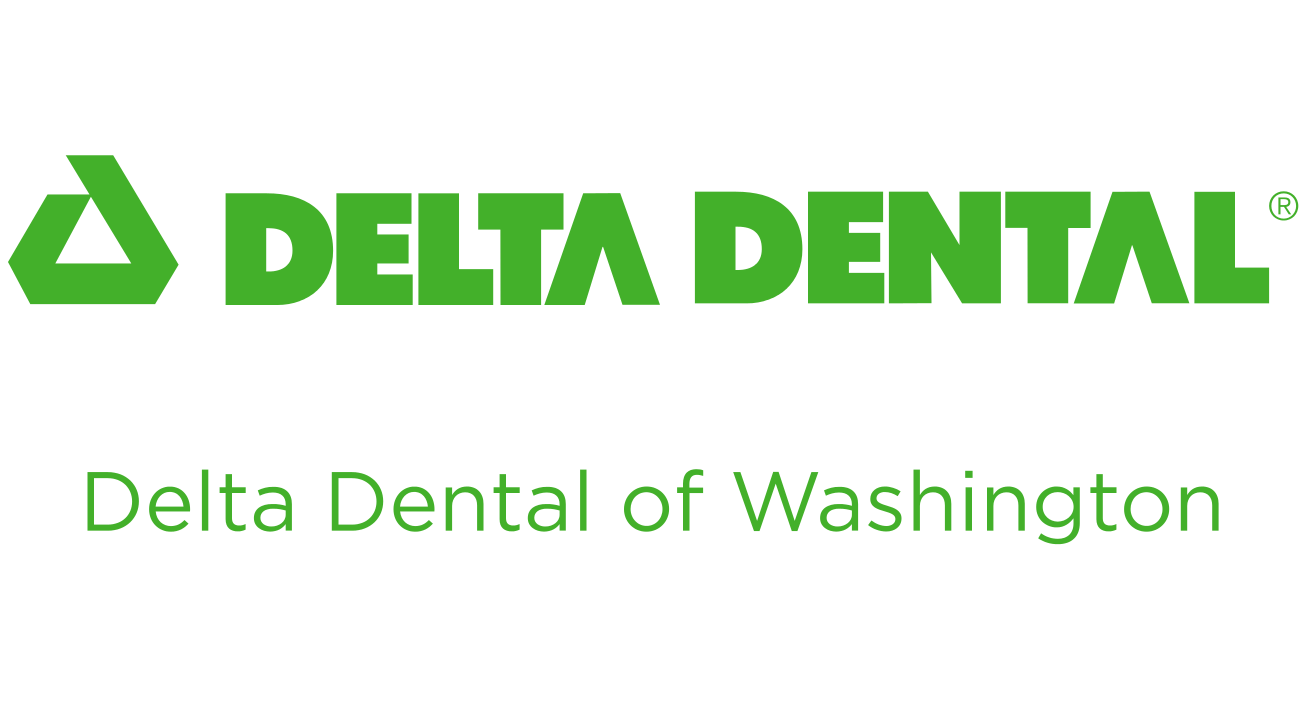Dental Insurance Explained
We know dental insurance terms can be tricky to understand. This guide will help you better understand how dental plans work so you can get the most from your coverage.
The best way to take full advantage of your dental plan is to understand its features.
There are two ways to review your coverage:
- Read your benefit booklet for a complete, detailed description of your plan coverage.
- Create or sign in to your MySmile® account and select “Coverage overview.” It gives you a great summary of your plan’s coverage.
Knowing your plan’s coverage helps eliminate surprises at the dental office.
Key things to look for are your plan’s:
- Dental network
- Benefit period
- Deductible
- Maximum
- Copayments and coinsurance
- Classes of benefits
- Reimbursement levels
- Waiting period
To help you understand what you’re looking at, we’ve broken down these terms for you below.
Dental network
To get the most from your benefits, we encourage you to see a dentist who participates in your plan’s network. These are called “in-network” dentists. They provide services at discounted rates and file all claims paperwork for you. You get the best out-of-pocket savings when you see an in-network dentist.
If you choose a non-participating dentist, you’re responsible for making sure they complete your claim forms and send them to us.
We have four dental networks, designed for specific plans.
Here’s a breakdown:
Need a dentist? Use our Find a Dentist tool to search for one in your plan’s network.
Benefit period
For example, let’s say your effective date is January 1, 2017. That’s the date you could begin using your coverage. Your benefit period is January 1 – December 31, 2017. This means your coverage is only good through December 31, 2017.
If you do not renew after your benefit period ends, you will no longer have coverage.
Deductibles
During your plan’s benefit period, you will have to pay a portion of your dental bill before your plan pays towards your bill. Many dental benefit plans waive deductibles for preventive and diagnostic services. Be sure to check your benefits to see if this applies to your coverage.
Maximums
Copayments and coinsurance
Copayments are paid even after your deductible is reached.
Coinsurance is the amount you’re responsible for paying toward the cost of dental treatment after we’ve paid our portion. For example, let’s say your plan covers restorative treatments like fillings at 80%. That means we’ll pay your dentist 80% of the cost of your treatment. You’re responsible for paying your dentist the remaining 20%.
Reimbursement levels
Most dental plans group covered treatments into three classes. Each class includes specific types of treatment that are covered at a certain percentage, or reimbursement level. Each class also specifies limitations and exclusions.
Here is what services are typically included in each class:
Class I procedures are referred to as preventive and diagnostic. They’re covered at the highest percentage (usually 100%). This makes it easy and affordable for patients to get care that helps prevent most dental diseases.
Class II includes basic restorative procedures like fillings, extractions, and root canals. These treatments are usually reimbursed at a slightly lower percentage than Class I services. For example, they may be covered at 70% instead of 100%.
Class III is for major procedures such as crowns, dentures, and fixed partial dentures. These services are usually reimbursed at the lowest percentage (typically 50%). Class III may have a waiting period before services are covered.
Class IV is for orthodontic treatment (braces). These services are usually reimbursed at 50% and may have a waiting period.
Waiting Period
For example, let’s say your plan has a six month waiting period for crowns. If your coverage started on January 1, your coverage for crowns would begin six months later on July 1.






